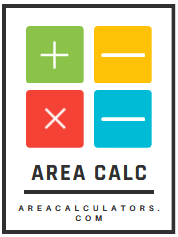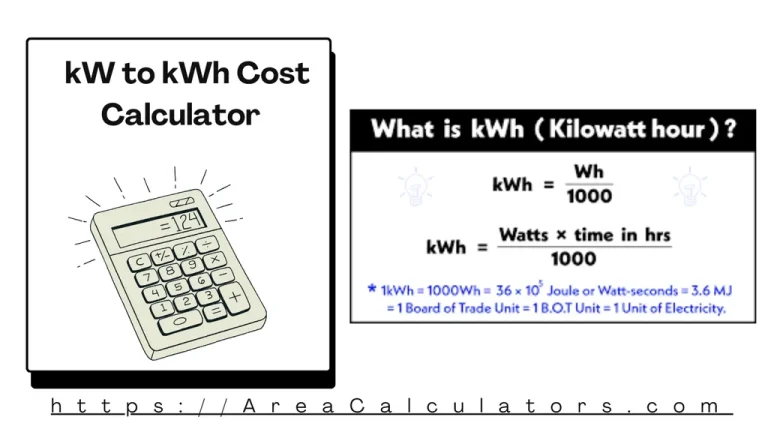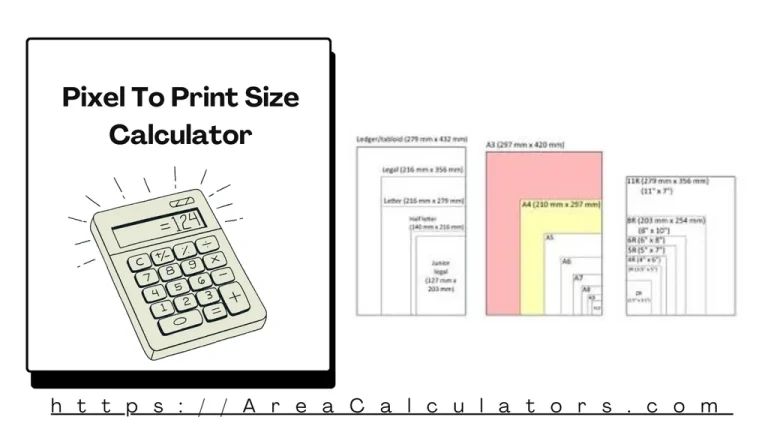Divide power (in watts) by voltage (in volts), then multiply by 1000 to get milliamps.
The Volts to mA Calculator simplifies the conversion of electrical power and voltage to current in milliamps. This tool is especially useful in electronics for understanding circuit loads, designing power supplies, or troubleshooting devices.
Knowing the relationship between voltage, current, and power ensures efficient power management and system optimization, crucial for both hobbyists and professionals in electrical and electronics engineering.
Formula:
mA = P / V × 1000
| Variable | Definition | Units |
|---|
| mA | Current in milliamps | Milliamps (mA) |
| P | Power | Watts (W) |
| V | Voltage | Volts (V) |
Solved Calculations:
Example 1: Calculate the current for a device with 24 watts and 12 volts.
| Step | Value | Explanation |
|---|
| Power (P) | 24 W | Given value |
| Voltage (V) | 12 V | Given value |
| Current (mA) | | Compute
|
Example 2: Determine the current for a 10-watt device running on 5 volts.
| Step | Value | Explanation |
|---|
| Power (P) | 10 W | Given value |
| Voltage (V) | 5 V | Given value |
| Current (mA) |
| Compute
|
What is the Volts to mA Calculator?
The Volts to mA Calculator is a practical tool that allows you to easily convert voltage (in volts) into current (in milliamps) using known resistance values or other circuit parameters.
This conversion is essential in various fields, including electronics, electrical engineering, and physics, where understanding current flow is crucial for circuit design and performance analysis.
By applying Ohm’s Law (current = voltage ÷ resistance), the calculator eliminates the need for manual computations and provides accurate results quickly. It is particularly useful for analyzing low-current circuits found in battery-powered devices, sensors, LED configurations, and communication systems.
Additionally, it assists in determining current ratings for components, ensuring optimal functionality and safety.
This tool is not just for professionals; it’s also highly beneficial for students, hobbyists, and anyone working on DIY electronic projects.
Whether you’re designing a circuit, troubleshooting, or learning about electronics, the calculator simplifies the process and saves time.
Final Words:
Ultimately, the Volts to mA Calculator is an indispensable resource for converting voltage to current efficiently. Its simplicity and accuracy make it a valuable asset for circuit analysis, ensuring reliable and precise results across a range of applications.




